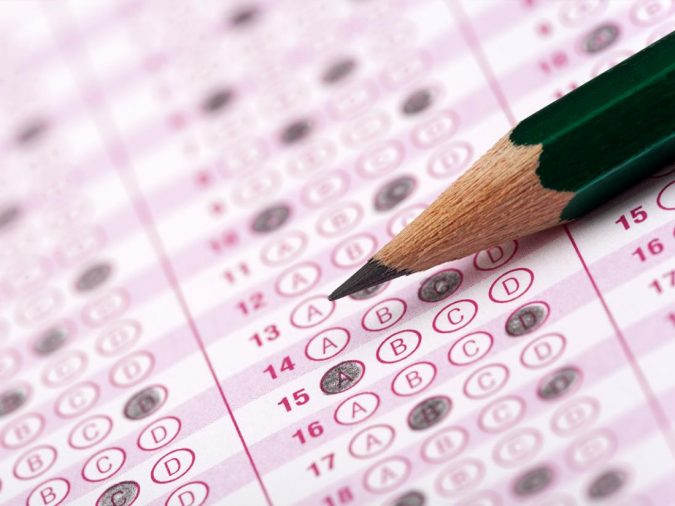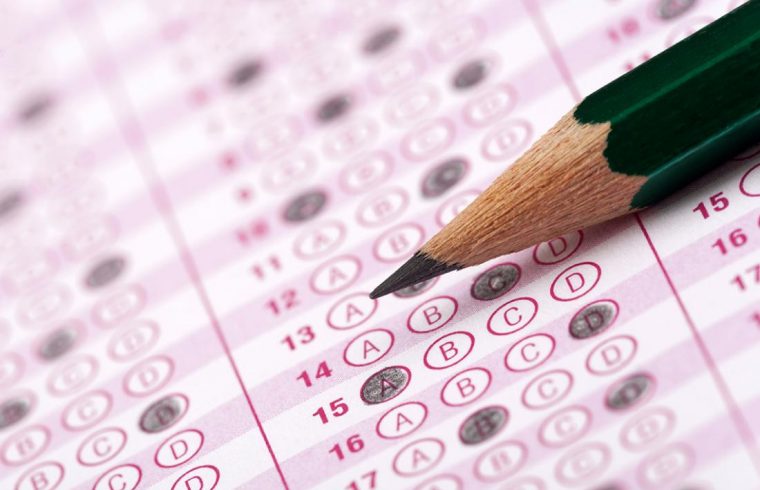A book chapter entitled ‘Dancing with Chains: How Does Assessment-as-learning Fit in China?’ featured by co-authored with Dr. Yan Zi, in the book Assessment as Learning: Maximising Opportunities for Student Learning and Achievement (Z. Yan & L. Yang [Eds], Routledge 2021).
Dr. Lao Hongling is a Post-Doctoral Fellow at the Department of Curriculum and Instruction (C&I), Education University of Hong Kong.
Assessment-as-learning aims to provide learning opportunities to students via assessment activities, advocating the development of their long-term learning capacities, such as self-regulation and metacognition.

Although students are central to the practice, teachers still play a key role, especially in younger age groups. Teachers are expected to design, teach, monitor, provide feedback, and modify these assessment activities so that students can maximize their learning during the assessment.
This casts a heavy burden of expectation on teachers. However, they may not be ready to implement the new procedures, especially in a deep-rooted examination-oriented culture such as that of mainland China. Working from teachers’ perspectives, the chapter explores whether assessment-as-learning can be accommodated by such a culture.
At first glance, the disjuncture between assessment-as-learning and an examination-oriented assessment culture seems obvious. Firstly, assessment-as-learning aims to develop students’ long-term learning capacity, whereas examination-oriented culture prioritizes students’ short-term test performance.
In addition, driven by these different purposes, the assessment tasks themselves have different goals and formats. However, if assessment-as-learning is treated primarily as a learning strategy, rather than an assessment device, the question arises whether it would be a better fit in an examination-oriented culture.
The long-term learning capacities developed via assessment-as-learning could be used to enhance short-term test performance. To maximize students’ learning opportunities, the chapter looks at whether it would be possible to integrate assessment-as-learning into all assessment designs, including both formative and summative scenarios.
To answer these questions, the nature of assessment-as-learning is discussed, highlighting its position as a learning strategy instead of a competing assessment procedure. Then it briefly reviews the assessment culture in China and examines the perceived conflicts between assessment-as-learning and the examination-oriented culture, and attempts to seek alternative perspectives that might potentially alleviate such tension.
Finally, a case study provides a snapshot of the current status of assessment-as-learning in China from the teacher’s perspective. It shows how the examination-oriented culture still casts a long shadow over the conceptions and practices of assessment, by limiting their scope and format.
It also studies how recent reforms provide new opportunities for the development and implementation of assessment-as-learning as a universal learning strategy, integrated into all classroom assessments, as well as being used to improve short-term academic performance.







